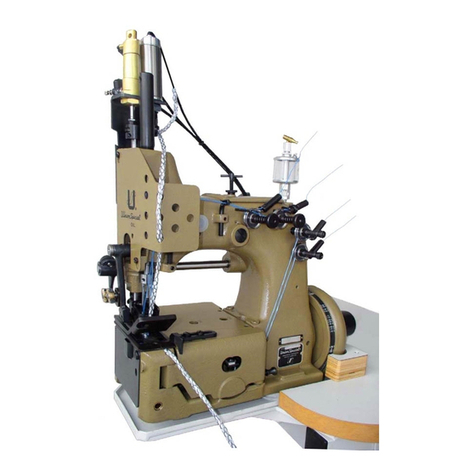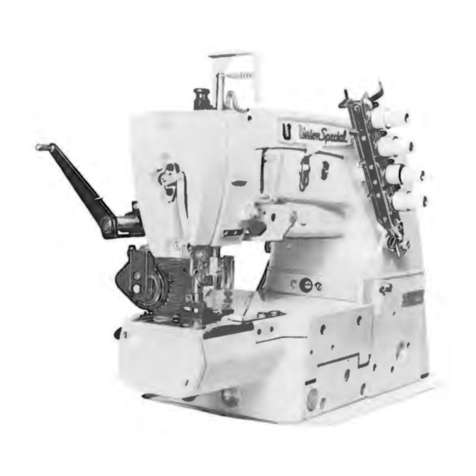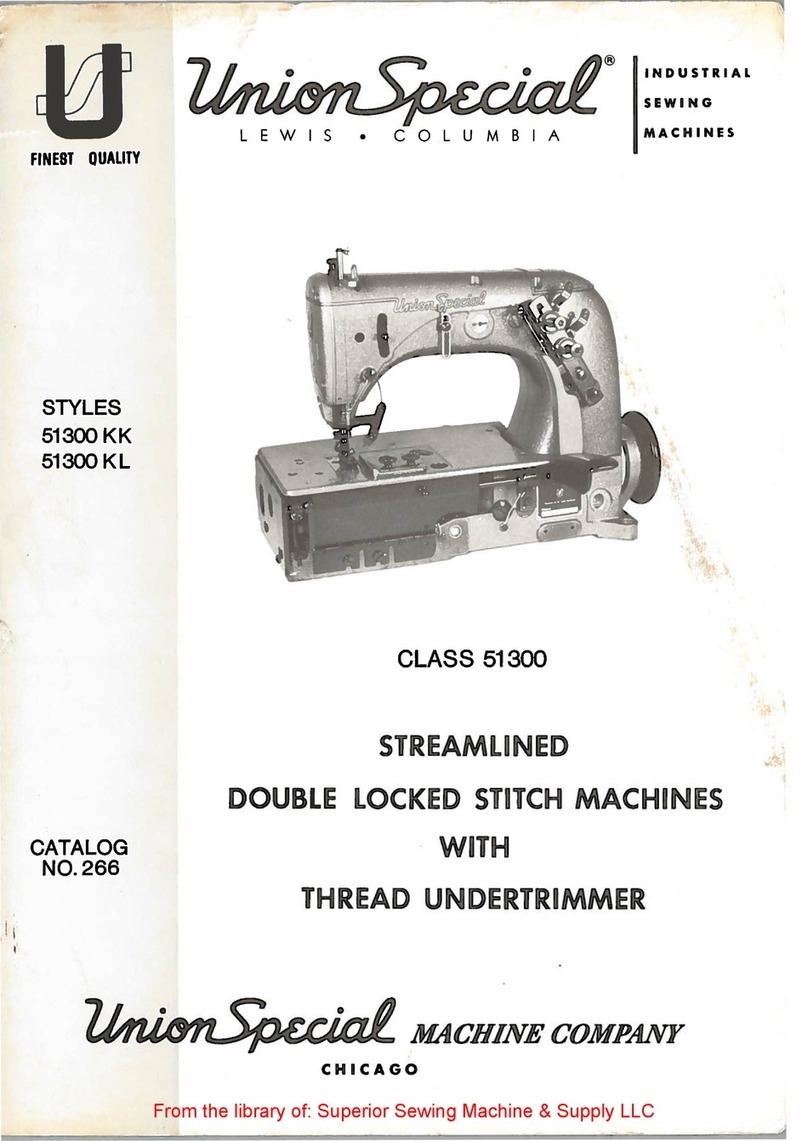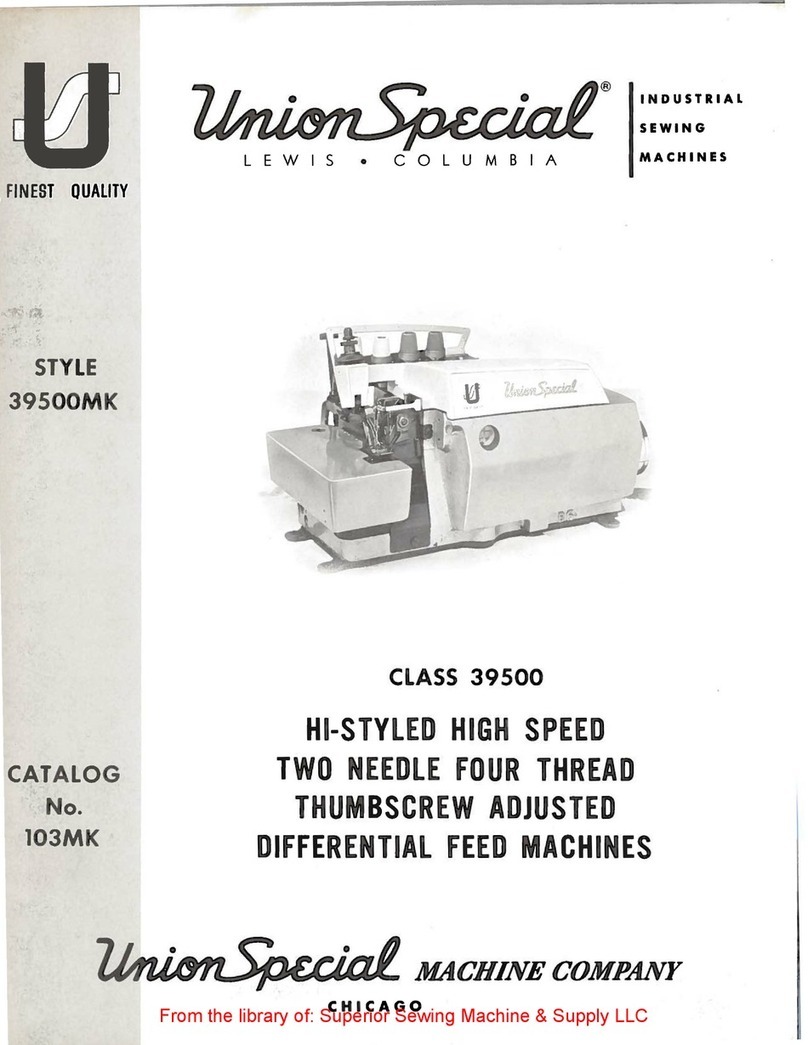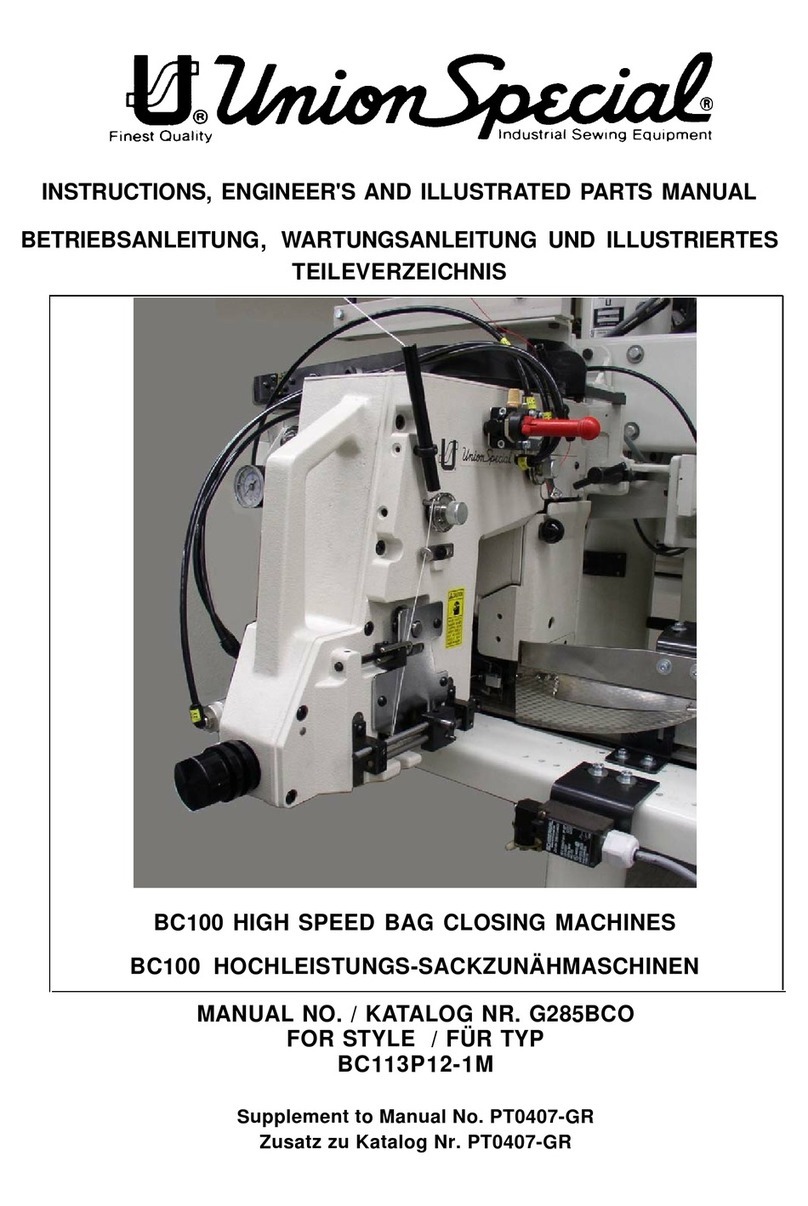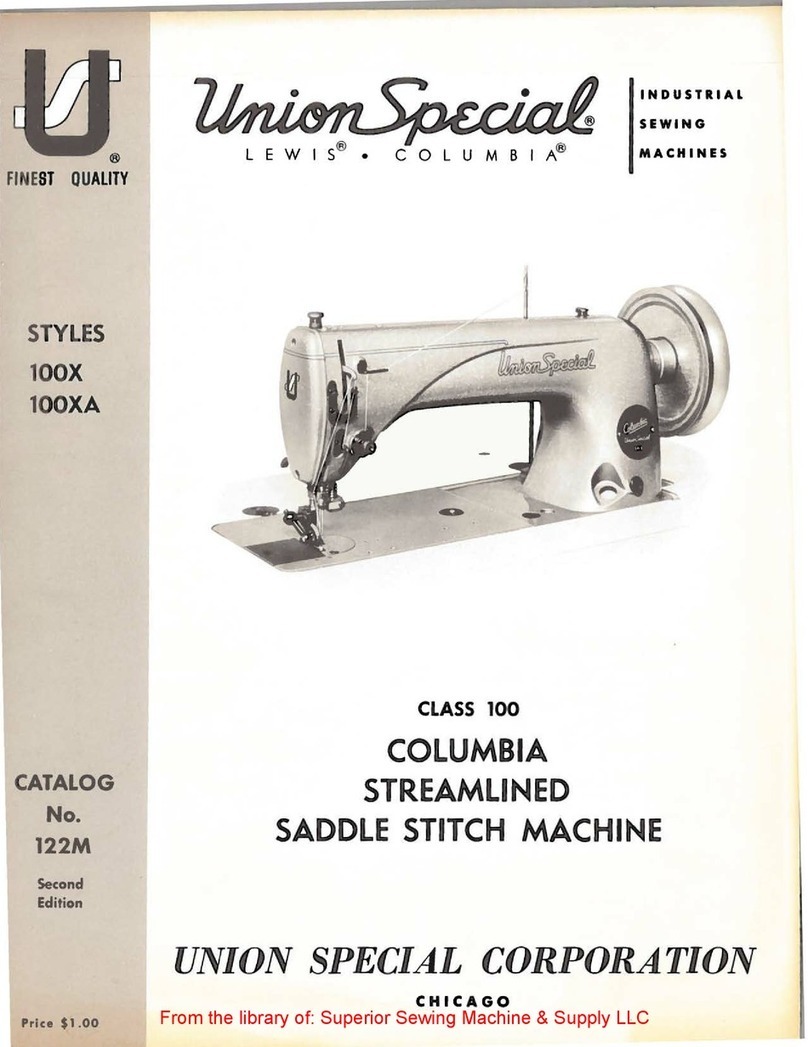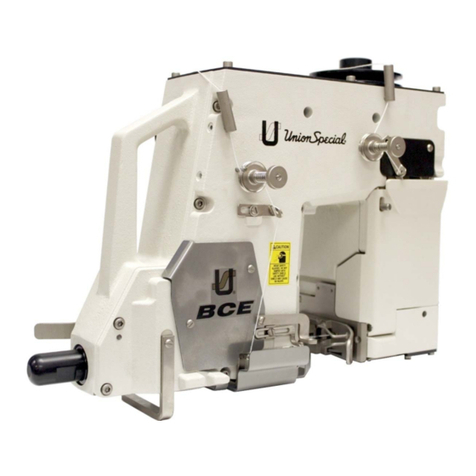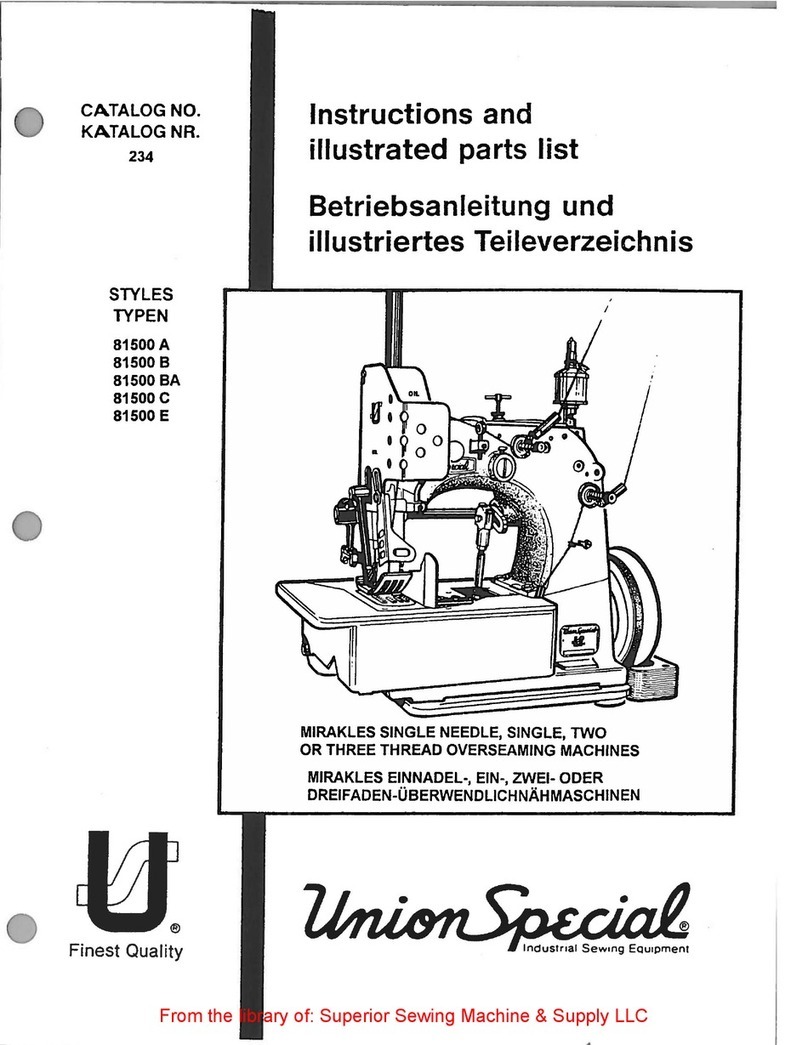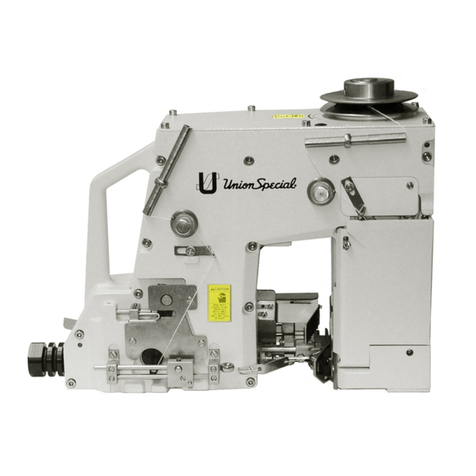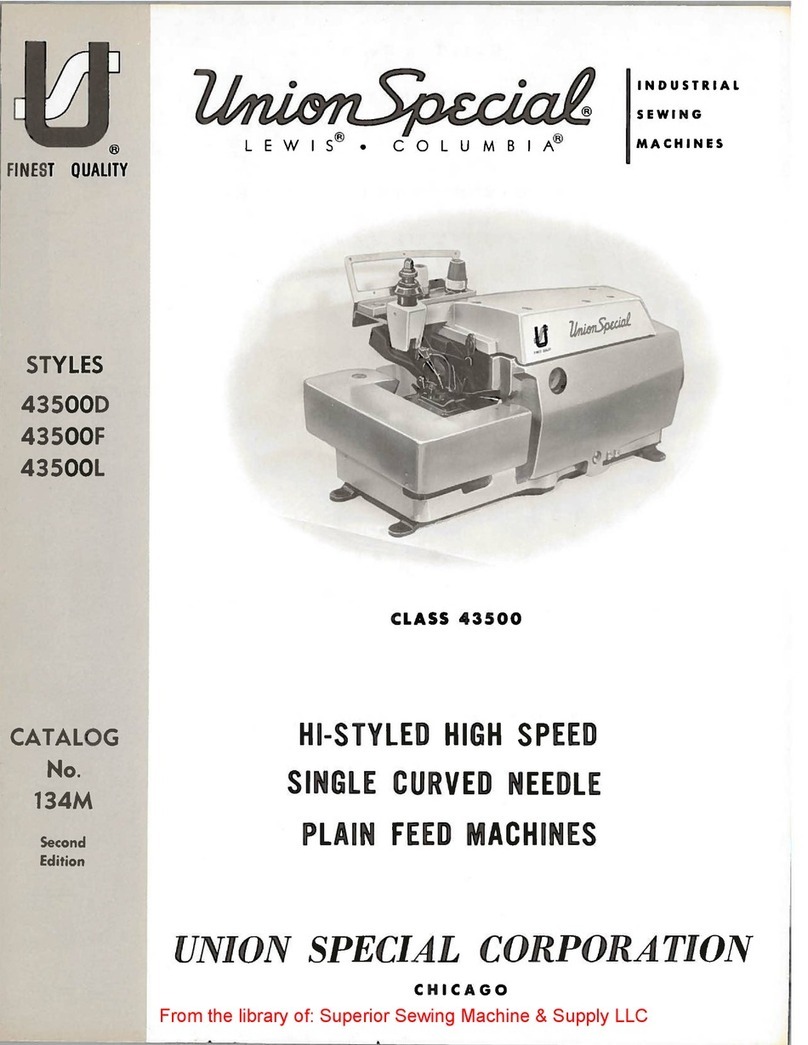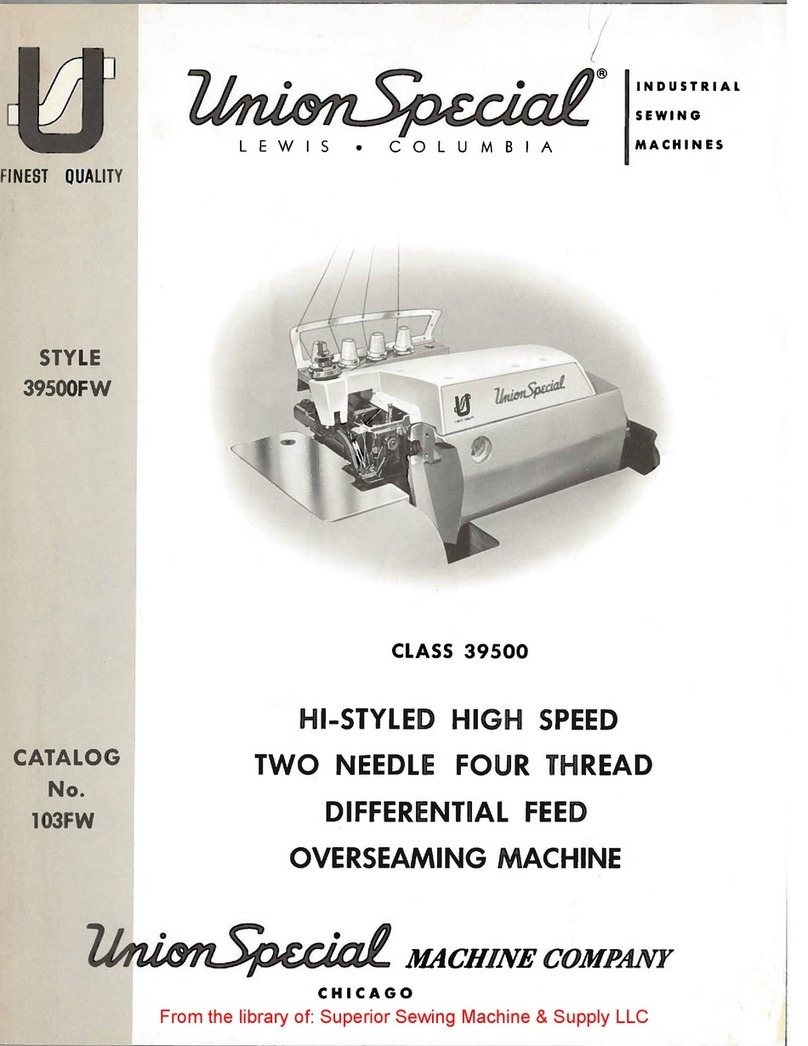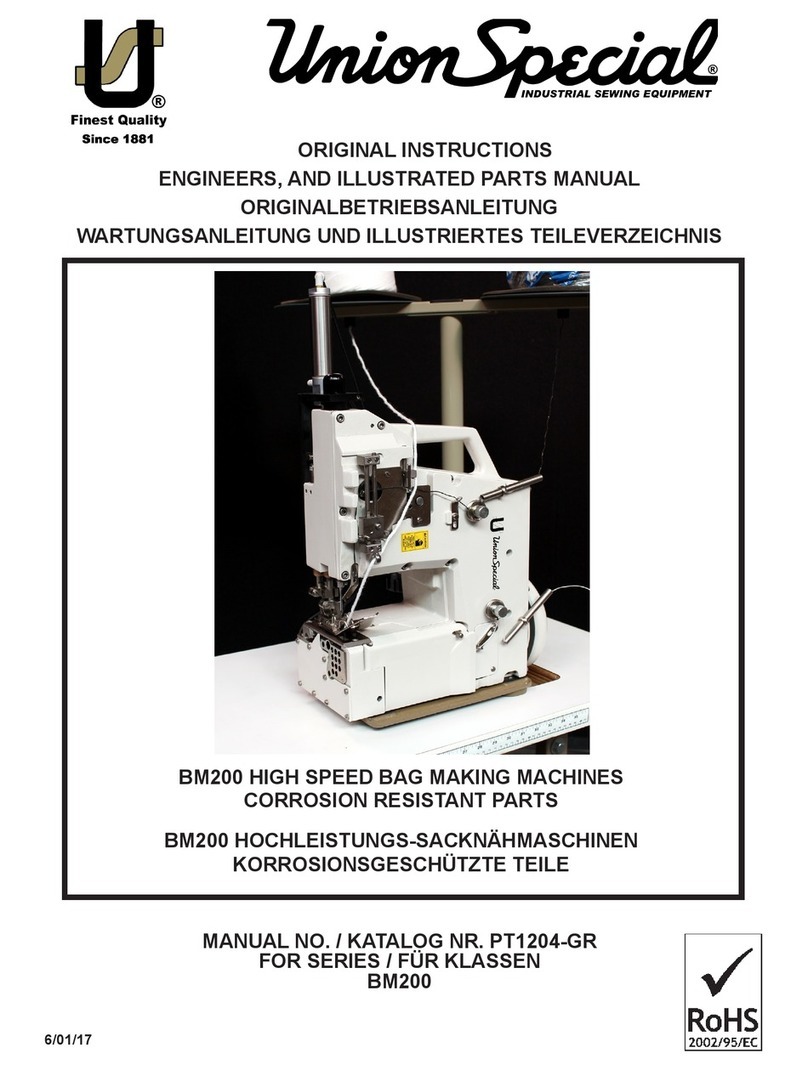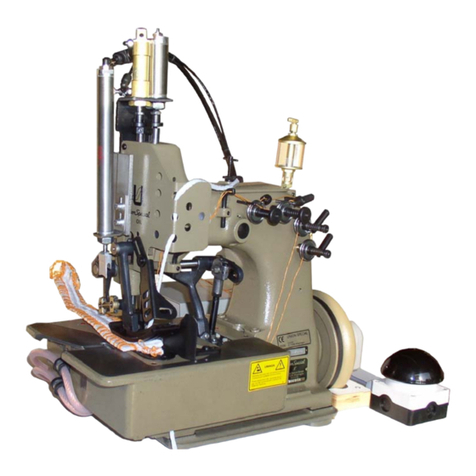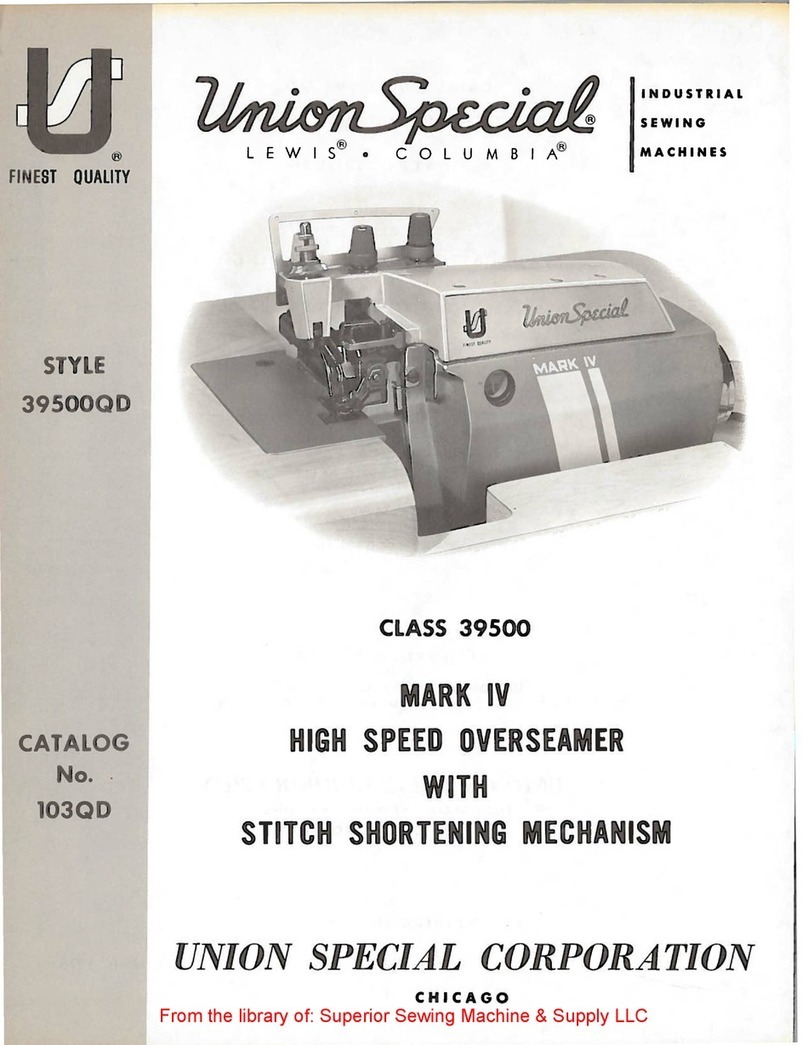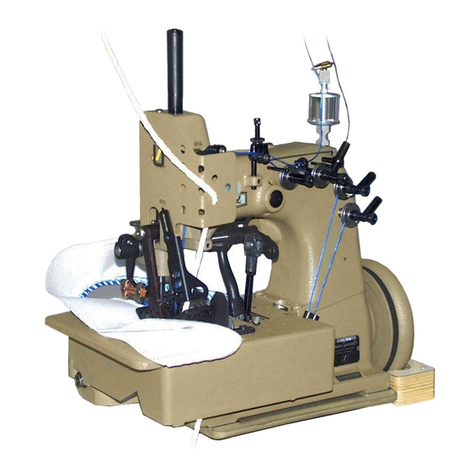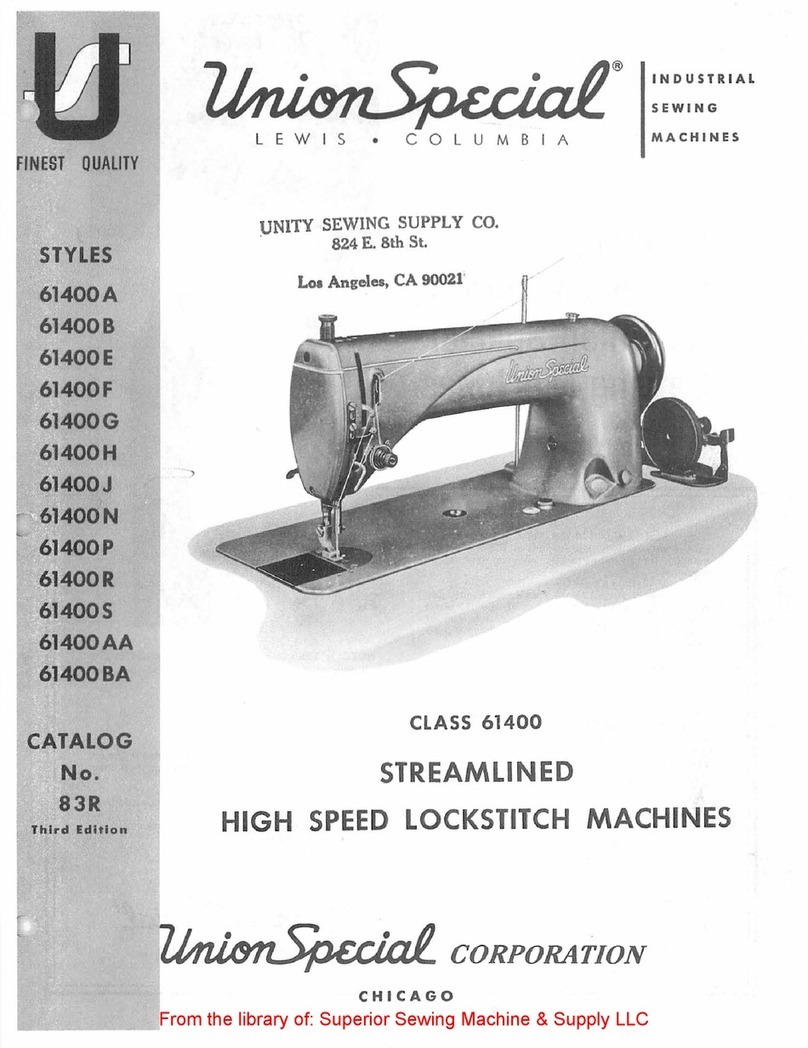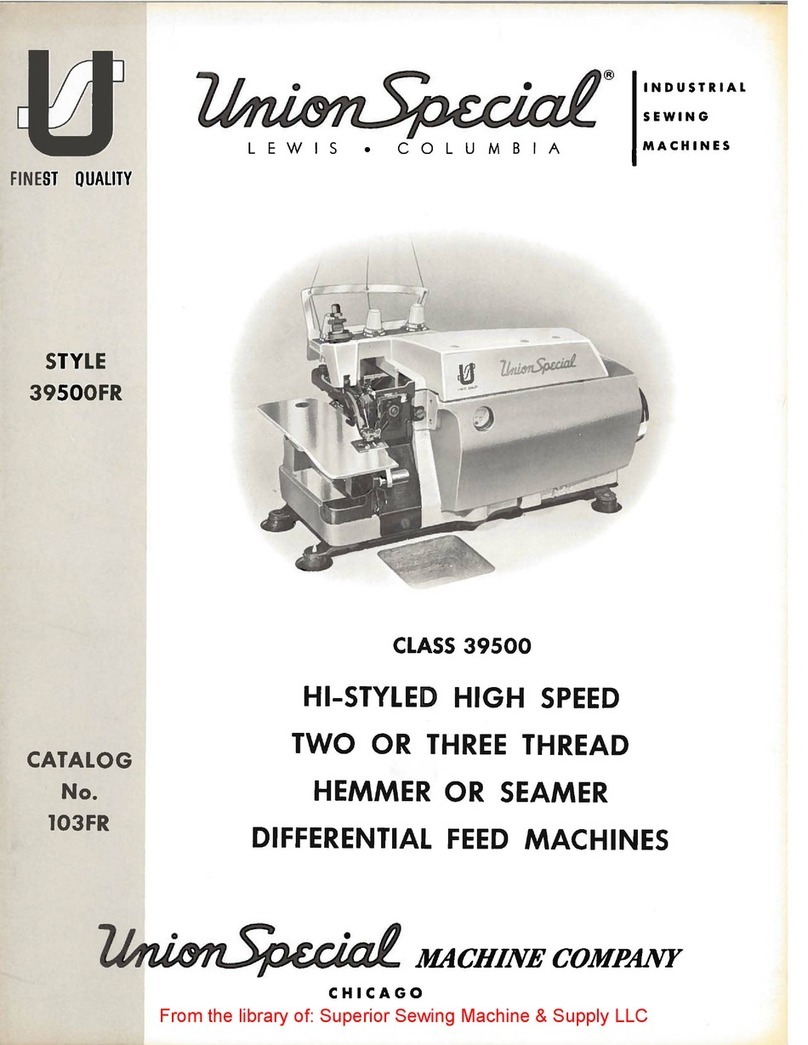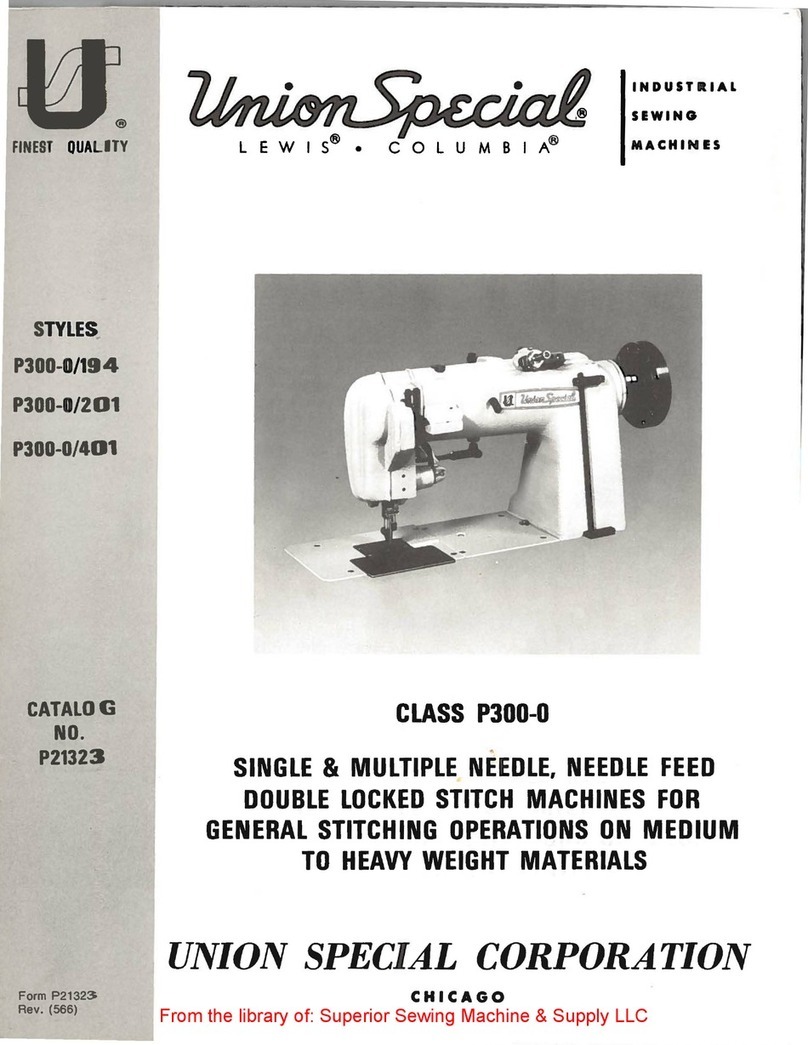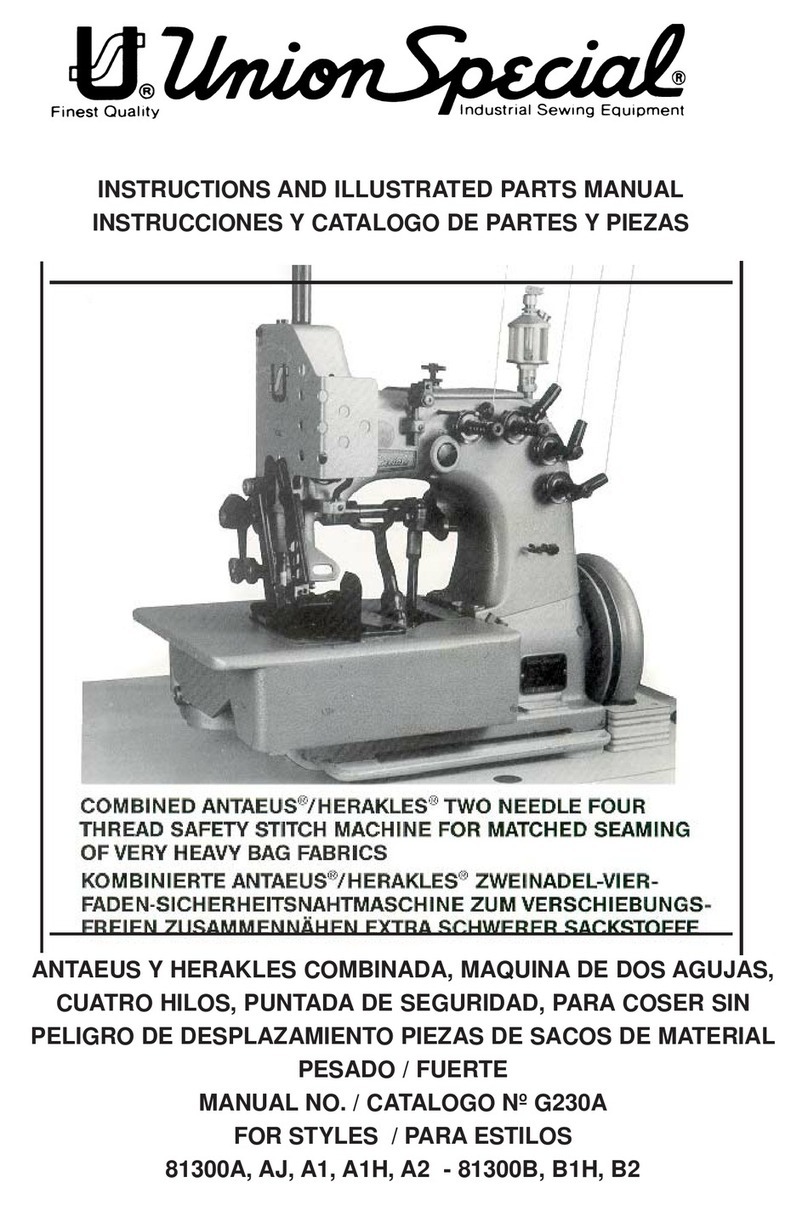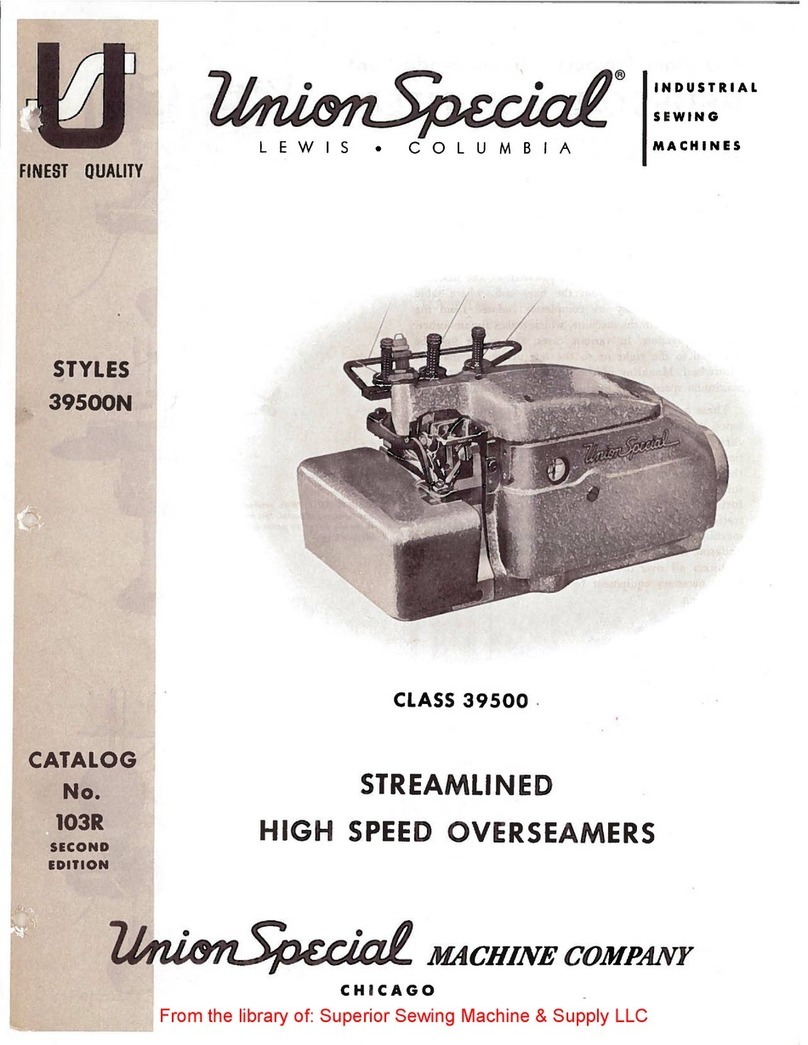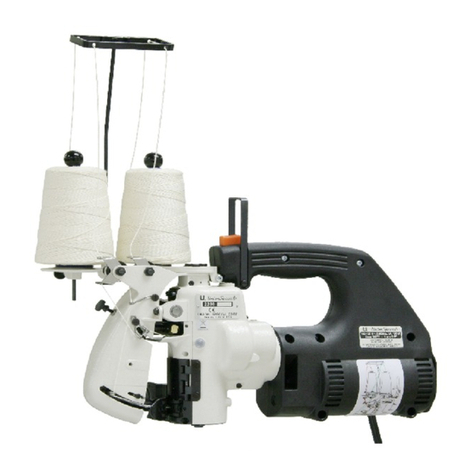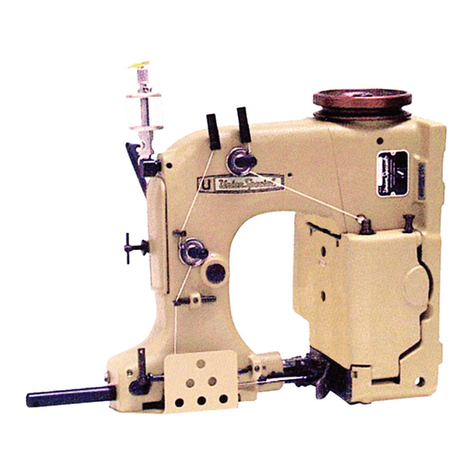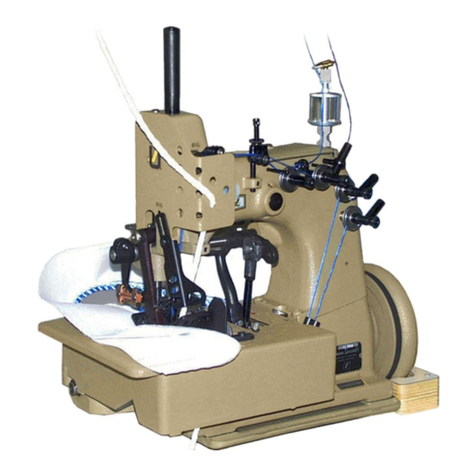
CONTENTS(CONT.)
•TIMINGTHEHOOK ............................................................................................................................................. 15
•NEEDLEGUARDINSTRUCTIONS ......................................................................................................................... 15
•NEEDLEGUARDINSTRUCTIONS(CONT.) .......................................................................................................... 16
•HOOKLUBRICATION.......................................................................................................................................... 16
•PRESSERBARGUIDE ........................................................................................................................................... 16
•PRESERBARCONNECTION ............................................................................................................................... 16
•TENSIONASSEMBLYADJUSTMENT ..................................................................................................................... 17
•TENSIONRELEASE ............................................................................................................................................... 17
•THREADCONTROL............................................................................................................................................. 17
•THREADCONTROL(CONT.) .............................................................................................................................. 18
•BOTTOM COVER ................................................................................................................................................ 18
•HOOKSHAFT ...................................................................................................................................................... 18
•HOOK SHAFT (CONT.)........................................................................................................................................ 19
•REMOVAL OF OILING DEVICE .......................................................................................................................... 19
•REASSEMBLYOFOILINGDEVICE ...................................................................................................................... 20
•REASSEMBLYOFOILINGDEVICE(CONT.)........................................................................................................ 21
•UPPERMAINSHAFT ............................................................................................................................................ 21
•UPPERMAINSHAFT(CONT.) ............................................................................................................................. 22
•HANDWHEEL ...................................................................................................................................................... 22
•HANDWHEEL (CONT.)........................................................................................................................................ 23
•ATTACHMENTS ................................................................................................................................................... 23
•NEEDLEHOLEINSERT .......................................................................................................................................... 23
•MAINFRAME,BUSHING,OILGAUGEHEADOILSIPHONANDMISCELLANEOUSOILINGPARTS.................... 25
•MAINFRAME,BUSHING,OILGAUGEHEADOILSIPHONANDMISCELLANEOUSOILINGPARTS(CONT.) ..... 27
•MAINFRAMEMISCELLANEOUSCOVERSANDNEEDLETENSIONPARTS ......................................................... 29
•MAINFRAMEMISCELLANEOUSCOVERSANDNEEDLETENSIONPARTS(CONT.) .......................................... 31
•MAINANDHOOKDRIVESHAFTS,NEEDLEBARANDFOOTLIFTERMECHANISM............................................ 33
•NEEDLEFEEDDRIVINGPARTS............................................................................................................................ 35
•PRESSERFEET,PRESSERBAR,TOPFEEDROLLERMECHANISMANDATTACHMENTS ....................................... 37
•PRESSERFEET,PRESSERBAR,TOPFEEDROLLERMECHANISMANDATTACHMENTS ....................................... 39
•ROTATINGHOOKASSEMBLYANDHOOKOILINGPARTS ................................................................................ 41
•FEEDROLLERDRIVINGPARTS............................................................................................................................ 43
•FEEDROLLERDRIVINGPARTS(CONT.) ............................................................................................................. 45
•BOBBINWINDERANDMISCELLANEOUSACCESSORIES .................................................................................. 47
•NUMERICALINDEXOFPARTS ............................................................................................................................ 48
•NUMERICALINDEXOFPARTS ............................................................................................................................ 49
•NOTES ................................................................................................................................................................. 50
•NOTES ................................................................................................................................................................. 51
